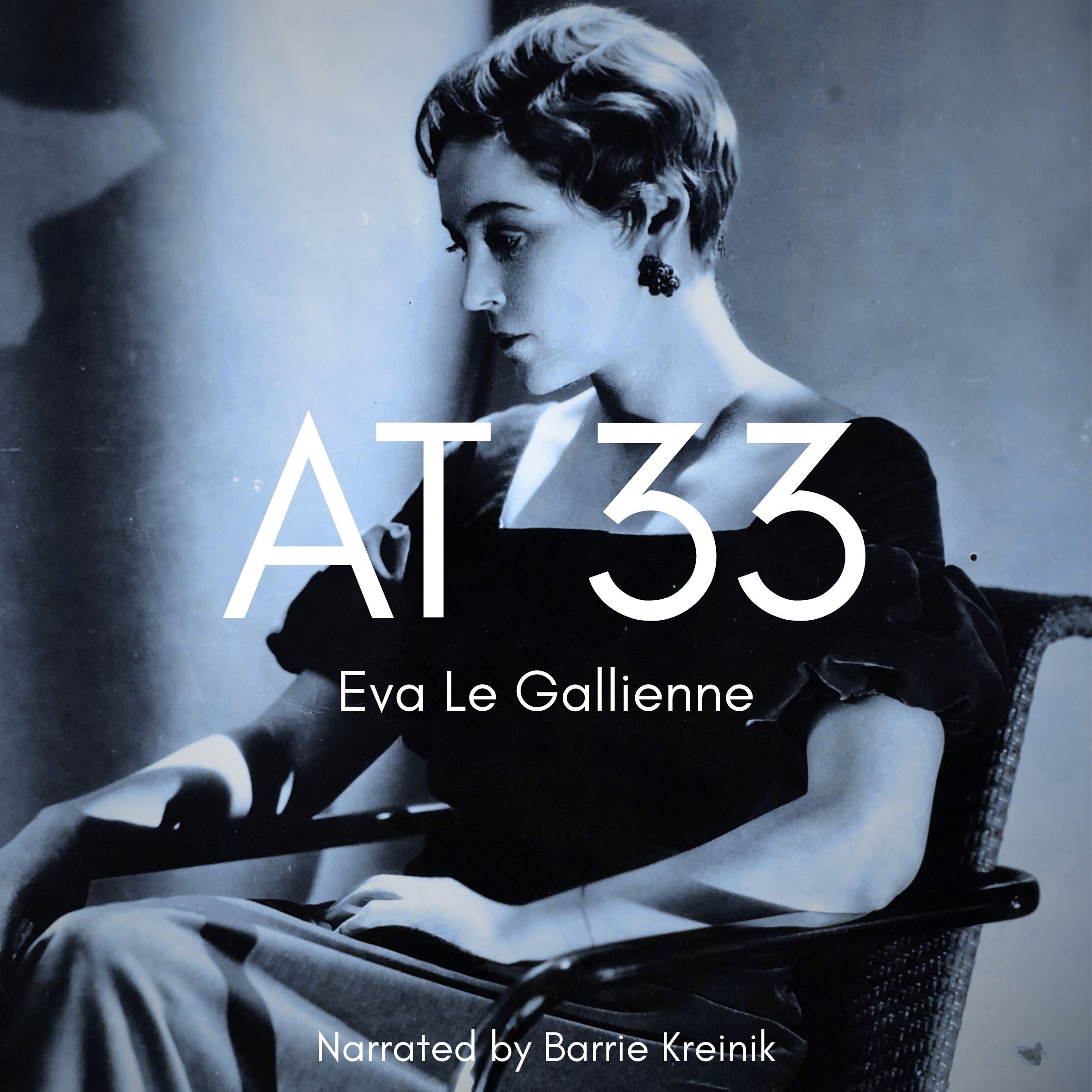Guangxi 3
Listen to Guangxi 3, a 21-year-old woman from Pingxiang, Guangxi, China. Click or tap the triangle-shaped play button to hear the subject.
Both as a courtesy and to comply with copyright law, please remember to credit IDEA for direct or indirect use of samples. IDEA is a free resource; please consider supporting us.
BIOGRAPHICAL INFORMATION
AGE: 21
DATE OF BIRTH (DD/MM/YYYY): 22/01/1992
PLACE OF BIRTH: Pingxiang, Guangxi Zhuang Autonomous Region
GENDER: female
ETHNICITY: Han Chinese
OCCUPATION: student
EDUCATION: university
AREAS OF RESIDENCE OUTSIDE REPRESENTATIVE REGION FOR LONGER THAN SIX MONTHS: N/A
OTHER INFLUENCES ON SPEECH:
The subject lists her own dialect as a major influence on how she speaks English.
The text used in our recordings of scripted speech can be found by clicking here.
RECORDED BY: Bill McCann
DATE OF RECORDING (DD/MM/YYYY): 12/11/2013
PHONETIC TRANSCRIPTION OF SCRIPTED SPEECH: N/A
TRANSCRIBED BY: N/A
DATE OF TRANSCRIPTION (DD/MM/YYYY): N/A
ORTHOGRAPHIC TRANSCRIPTION OF UNSCRIPTED SPEECH:
Hello. I come from a farmer family. I am the second child in my family. I have an elder sister and a younger brother. My hometown is a small village which lies in Xiashi town, Pingxiang city, Guangxi province. I like singing and dancing. I also like sports, such as basketball, volleyball, badminton, and so on. I am a ambitious girl. I believe that I can control my fate. I can reach my goal by my hard work.
[The subject now goes on to read abstracts from the Analects of Confucius in her own Keijiahua dialect. (See the detailed commentary below.) She has not been able to provide a pinyin transliteration. A reading in Putonghua (Mandarin) can be heard on the Hebei 1 sample.]
TRANSCRIBED BY: Bill McCann
DATE OF TRANSCRIPTION (DD/MM/YYYY): 17/11/2013
PHONETIC TRANSCRIPTION OF UNSCRIPTED SPEECH: N/A
TRANSCRIBED BY: N/A
DATE OF TRANSCRIPTION (DD/MM/YYYY): N/A
SCHOLARLY COMMENTARY:
SHORT READINGS FROM THE ANALECTS OF CONFUCIUS
KEY: A = Mandarin (Simplified); B = Mandarin (Pinyin); C = Dialect (Pinyin); D = English.
孔子: 论语 – Kǒng zǐ : lún yǔ – Kon zi: len yu – Confucius: Lun Yu
學而第一 – xué ér dì yī – Xué ér dì yī – Chapter One
A: 1-1:- 子曰: 學而時習之、不亦說乎。
B: yī-yī :- zǐ yuē: xué ér shí xí zhī, bù yì yuè hū.
C: yī-yī :-
D: 1-1:- The Master said: Is it not pleasure to learn, and practice what is learned time and again?
A: 1-2:- 有朋自遠方來、不亦樂乎。
B: yī-èr:- yǒu péng zì yuǎn fāng lái, bù yì lè hū.
C: yī-èr:-
D: 1-2:- Is it not happiness to have friends coming from distant places?
A: 1-3:- 人不知而不慍、不亦君子乎。
B: yī-sān: rén bù zhī ér bù yùn, bù yì jūn zi hū.
C: yī-sān:
D: 1-3:- Is it not virtue for a man to feel no discomposure when others take no note of him?
為政第二 – wéi zhèng dì èr – wéi zhèng dì ér – Chapter two
A: 2-2:- 子曰:「詩三百,一言以蔽之,曰:『思無邪』。
B: èr-èr:- zǐ yuē: shī sān bǎi, yī yán yǐ bì zhī , yuē: sī wú xié.
C: èr-èr:-
D: 2-2:- The Master said: In the Book of Odes there are three hundred poems, but they may be summarised in a single sentence: Think no evil.
A: 2-7:- 子游問孝。子曰:今之孝者,是謂能養。至於犬馬,皆能有養;不敬, 何 以別乎。
B: èr-qī:- zǐ yóu wèn xiào. zǐ yuē: jīn zhī xiào zhě, shì wèi néng yǎng. zhì wū quǎn mǎ, jiē néng yǒu yǎng; bù jìng, hé yǐ bié hū.
C: : èr-qī:-
D: 2-7:- Zi You asked what filial piety was. The Master said: Nowadays, providing support for one’s parents is considered filial piety. But dogs and horses can also do this. If there is no respect, what is the difference?
A: 2-10:- 子曰:「視其所以,觀其所由,察其所安。人焉叟哉?人焉叟哉?
B: èr-shí :- zǐ yuē: shì qí suǒ yǐ , guān qí suǒ yóu, chá qí suǒ ān. rén yān sǒu zāi? rén yān sǒu zāi?
C: èr-shí :-
D: 2-10:- The Master said: Watch what a man does. Find out his motives. See how he takes his ease. How then can the man hide his true self? How can the man hide his true self?
COMMENTARY
This is a good strong accent, which occasionally has some of the characteristics, notably the dropped final /d/ and /t/ phones and the substitution of the /S/ phone for /s/, that seem to be common in English speakers from Guangxi. The final /s/ phone in “goose’s” is also dropped, which is very common feature of all Chinese English speakers. There are also examples of the /l/-/n/ substitution, notably in the word “ball” in the unscripted speech.
The subject’s dialect is a variety of the Hakka or Keijia Language. It is spoken by people in southern China, Taiwan, and throughout the diaspora areas of East Asia and Southeast Asia. On the Chinese Mainland, it is primarily spoken in scattered isolated regions where communication is limited to the local area, and this has allowed a large number of subh-dialects or variants to develop. These are found in Guangdong, Fujian, Jiangxi, Guangxi, Sichuan, Hunan, and Guizhou provinces, and on Hainan island. Kejia is not mutually intelligible with Mandarin, Wu, Min Nan, or the other Chinese languages. It is most closely related to Gan, and is sometimes classified as a variety of Gan, but most scholars consider it a separate language in its own right.
The subject’s hometown is Liujin village in Xiashi town, an area of Pingxian city. This is a county-level city in the municipal region of Chongzuo in Guangxi Zhuang Autonomous Region. It is close to the border with Vietnam, with the Vietnamese town of Dong Dang just across the border, and is a transit town for entering or leaving China. Zhennan Pass, site of the Battle of Bang Bo during the Sino-French War, is now named the “Friendship Pass” and is considered the gateway to Vietnam.
Pingxiang has a population of approximately 106,400( 2010 census), 83.5% of whom belong to the Zhuang ethnic group. Other ethnic groups include, Han, Yao, Miao, and Jing.
COMMENTARY BY: Bill McCann
DATE OF COMMENTARY (DD/MM/YYYY): 20/11/2013
The archive provides:
- Recordings of accent/dialect speakers from the region you select.
- Text of the speakers’ biographical details.
- Scholarly commentary and analysis in some cases.
- In most cases, an orthographic transcription of the speakers’ unscripted speech. In a small number of cases, you will also find a narrow phonetic transcription of the sample (see Phonetic Transcriptions for a complete list). The recordings average four minutes in length and feature both the reading of one of two standard passages, and some unscripted speech. The two passages are Comma Gets a Cure (currently our standard passage) and The Rainbow Passage (used in our earliest recordings).
For instructional materials or coaching in the accents and dialects represented here, please go to Other Dialect Services.
 IDEA: International Dialects of English Archive
IDEA: International Dialects of English Archive




